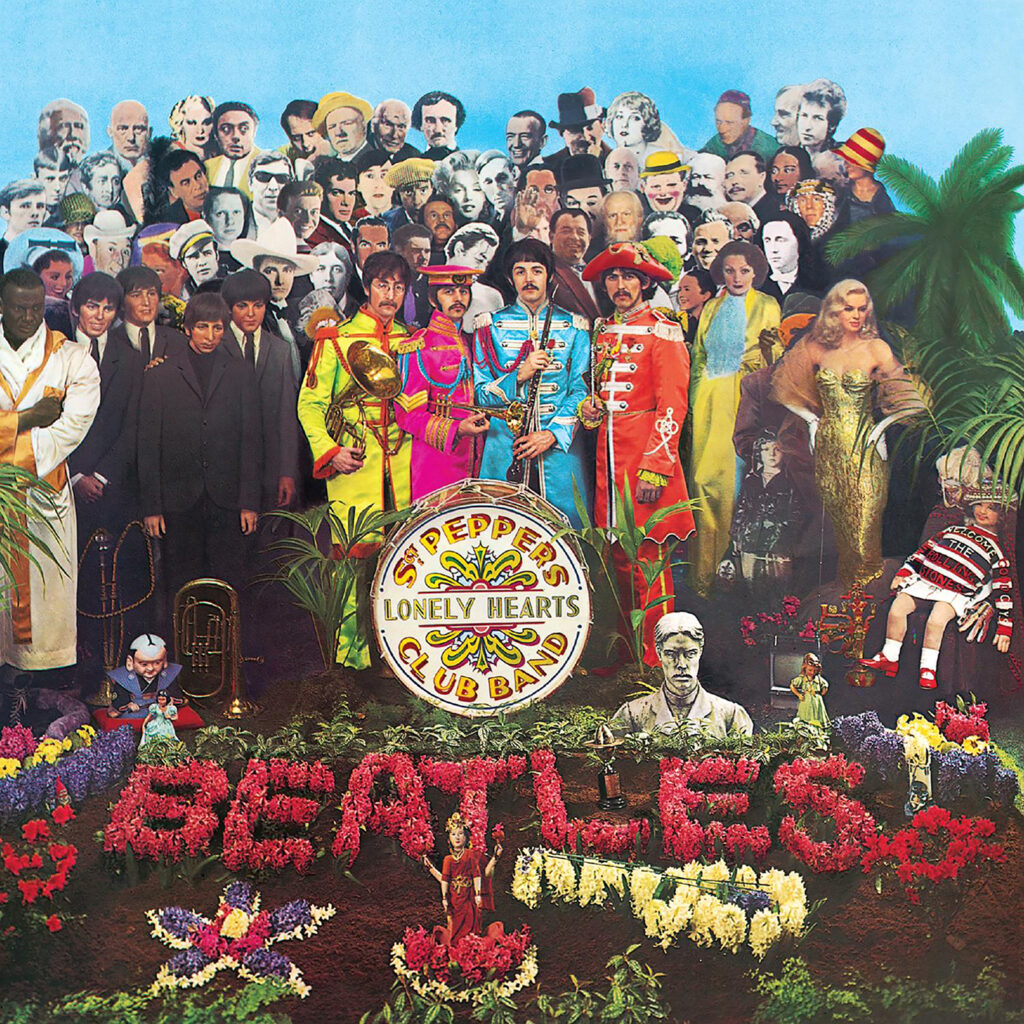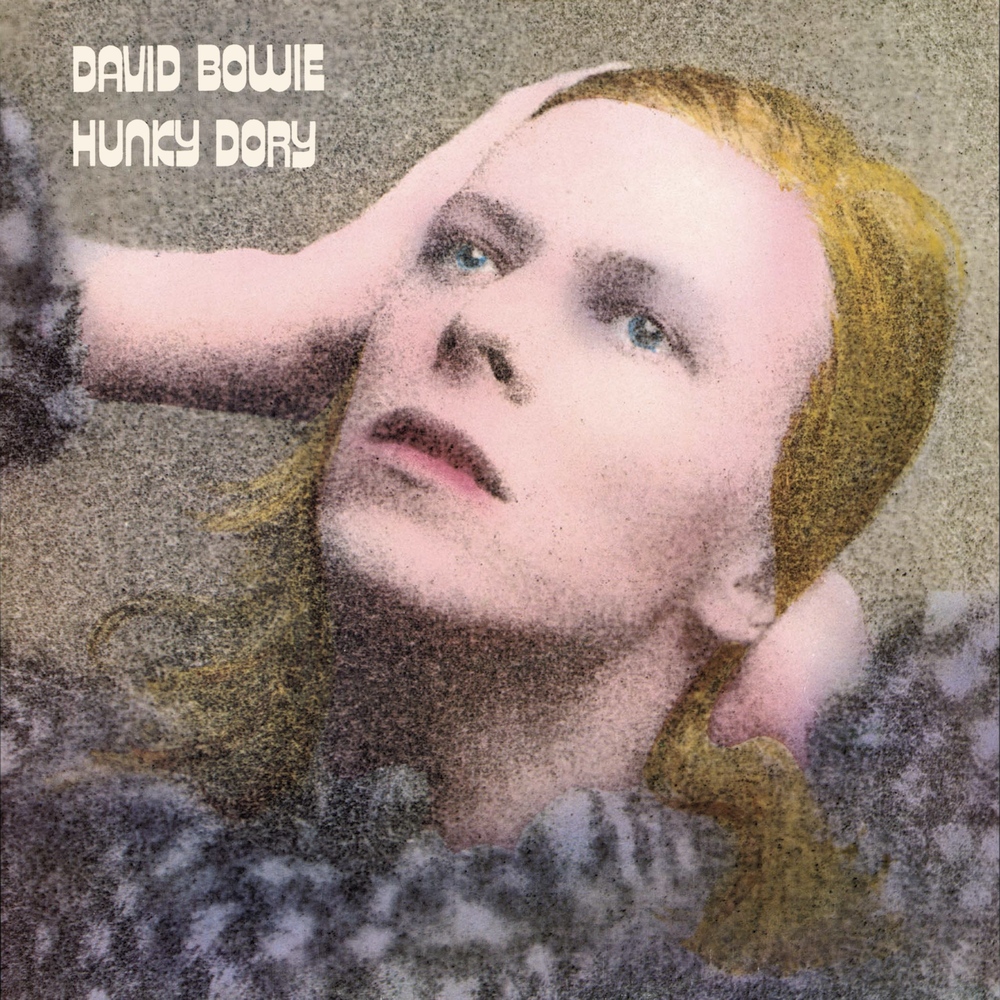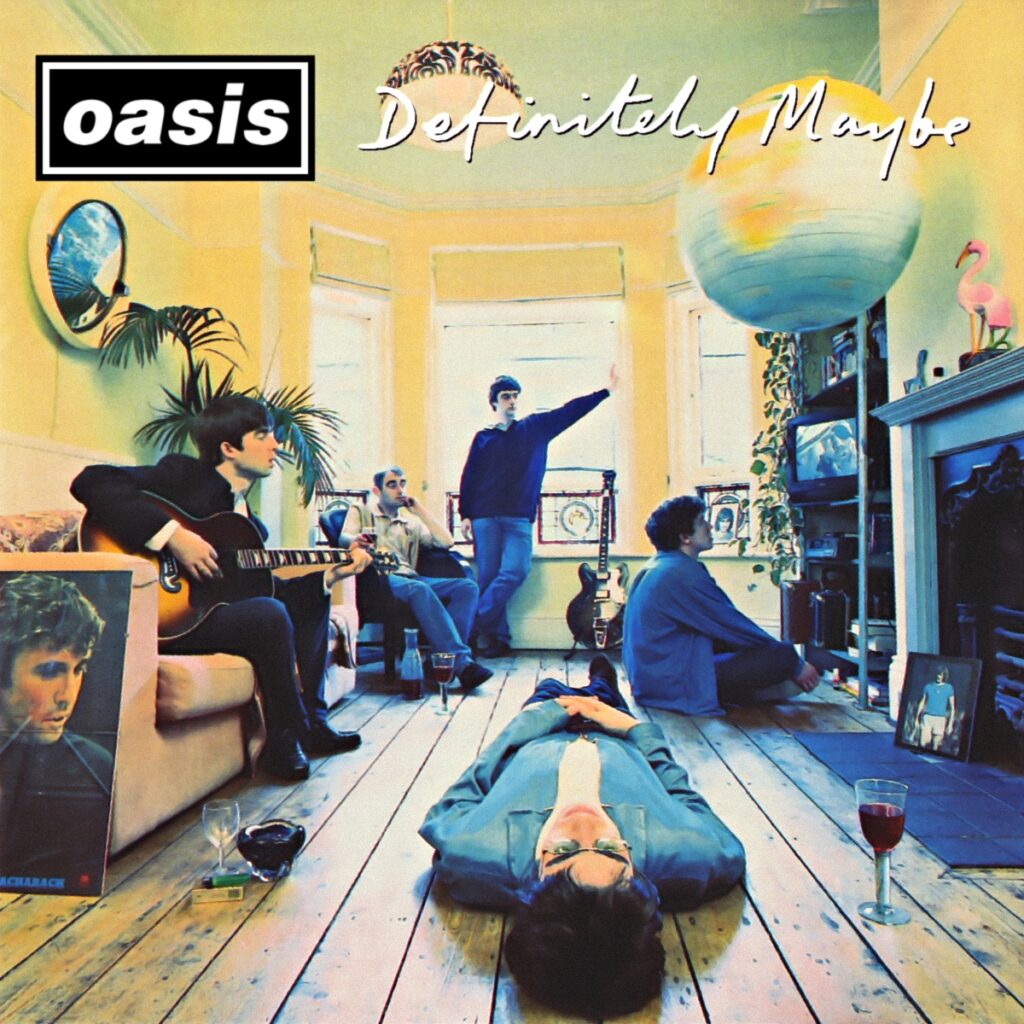The Beatles, “Sgt. Pepper’s Lonely Hearts Club Band,” 1967

The Beatles’ Sgt. Pepper’s Lonely Hearts Club Band marked a pivotal moment in music history and pop culture; a seminal work in the genre of psychedelia. This is where The Beatles’ imaginative production approach was at full display: it defied traditional boundaries and resulted in a project that was as challenging as it was engaging, embodying the cultural zeitgeist of the late 1960s. The album’s concept revolves around a fictional band led by the titular character, Sgt. Pepper. This alter ego allowed The Beatles to break free from the constraints of their established identities and explore new musical territories that were previously unimaginable. Paul McCartney spearheaded this innovative idea following his travels in 1966, imagining an album created by a band distinct from The Beatles. The album resonates with themes central to the counterculture of the 1960s. It challenges societal norms and conventions, embracing elements of unity, change, love, and escapism—a reflection of the era’s optimistic youth culture. This thematic subversion is echoed in the album’s psychedelic elements, which play a crucial role in its lasting impact. The lyrics across Sgt. Pepper’s are an eclectic mix that delve into various facets of human experience. Tracks like Lucy in the Sky with Diamonds feature surreal, dreamlike imagery to explore the concept of consciousness, whereas She’s Leaving Home poignantly critiques societal expectations and parenthood. The Beatles’ awareness of contemporary issues is evident in songs like A Day in the Life, which brings the album to a profound conclusion, melding two distinct song fragments by John Lennon and Paul McCartney into a seamless narrative about the monotony and unsettling chaos of daily life.
During the album’s recording session, McCartney was highly impressed with the “harmonic structures” and choice of instruments used on Pet Sounds and said that these elements encouraged him to think the Beatles could “get further out” than the Beach Boys had. Musically, Sgt. Pepper’s is a tour de force that traverses a wide spectrum of genres, including rock, pop, Western and Indian classical, and vaudeville, creating an intricate tapestry of sound that defies easy categorization. Tracks such as Within You Without You incorporate elements of Indian music, showcasing George Harrison’s fascination with Eastern philosophies and soundscapes. The production of Sgt. Pepper’s continues the band’s previous album’s experimentation (Revolver, 1966), characterized by its innovative use of studio technology, guided by producer George Martin and engineer Geoff Emerick. With the band no longer constrained by live performance considerations, they could experiment with effects that were previously impractical. The album employed groundbreaking techniques like multi-tracking, close-mic technique, direct injection for the bass guitar, liberal use of signal processing, and the integration of non-musical artifacts, such as crowd noises and sound effects.
Sgt. Pepper’s Lonely Hearts Club Band not only revolutionized popular music but also had a profound cultural impact. It aligned with numerous touchstones of the 1960s, including fashion, mysticism, and psychedelic exploration, which were critical to the counterculture movement. Sgt. Pepper essentially serves as a bridge between popular and high art, a significant achievement in an era defined by cultural upheaval. Ultimately, it stands as a testament to The Beatles’ unparalleled, revolutionary creativity.
David Bowie, ‘Hunky Dory,’ 1971

Hunky Dory encapsulates an artistic transition for Bowie, embracing a spectrum of influences that include literature, philosophy, and popular culture. The album is noted for its exploration of identity and change, themes Bowie’s works consistently traverse. In the opening track, Changes, Bowie confronts the notion of transformation—a fitting introspection given his own evolving career. The line “Strange fascination, fascinating me / Changes are taking the pace I’m going through” signals his acknowledgment of the dynamic progression of his art. The album is a reflection of its time, capturing the zeitgeist of the early ’70s, a period marked by a fascination with mysticism, existential inquiries, and the birth of new cultural icons. These themes are evident in tracks like Oh! You Pretty Things, which delves into existential musings and human evolution and offers both a literal and metaphorical reference to the changes Bowie anticipated in society, echoing Friedrich Nietzsche’s Übermensch concept. Through deft lyrical craft, Bowie weaves a narrative inviting listeners to ponder the future of humanity in light of scientific and philosophical advancements. Life on Mars? stands out as a quintessential Bowie track, juxtaposing surreal imagery against a backdrop of existential longing, which many interpret as a critique of media consumption and the Franco-era British film landscape. The Bewlay Brothers blends the personal with the abstruse, exploring Bowie’s relationship with his half-brother and touching upon themes of identity and familial insanity. Meanwhile, The album’s tracks are laden with references to influential figures, from Andy Warhol and Bob Dylan to Lou Reed, epitomizing an homage to the icons who shaped his vision, as seen in tracks like Andy Warhol and Song for Bob Dylan.
Hunky Dory is marked by its eclecticism, merging styles as diverse as pop, rock, and cabaret. Bowie’s decision to structure many of the album’s songs on piano as opposed to guitar provided a foundation for their experimental arrangements. The album features contributions from Rick Wakeman, whose piano work on tracks like Life on Mars? adds a layer of sophistication and complexity to Bowie’s vision. The composition of Hunky Dory also experiments with traditional pop tropes, as Bowie crafts each track to stand out while cohesively integrating into the album’s broader thematic tapestry. The incorporation of avant-garde and cabaret elements further distinguishes the album as a trailblazer of postmodern pop music. Interestingly, the album initially received little promotional support from RCA, largely due to concerns over Bowie’s impending image change. Consequently, Hunky Dory did not achieve significant commercial success and became recognized for its role in setting the stage for Bowie’s future innovations until the later success of The Rise and Fall of Ziggy Stardust and the Spiders from Mars prompted a resurgence of interest.
Oasis, ‘Definitely Maybe,’ 1994

Emerging from the vibrant yet gritty music scene in Manchester, Oasis infused their music with a raw intensity reflective of their environment. The band’s debut album, Definitely Maybe, embodies several cornerstone themes, chief among them being youth and rebellion, love and relationships, ambition and aspiration, and everyday life. The album captures the zeitgeist of the 1990s, resonating deeply with a generation facing economic uncertainty and cultural stagnation with unapologetic sincerity. Each song is a thematic narrative that resonates with the aspirations and frustrations of a generation. Definitely Maybe captures the raw energy and defiance of youth, celebrating rebellion as a catalyst for change and self-discovery. Tracks like Rock ‘n’ Roll Star and Supersonic encapsulate this theme, with lyrics that encourage listeners to live boldly and unapologetically. Songs such as Slide Away and Married With Children delve into the complexity of love, revealing the nuanced introspection of Noel Gallagher’s songwriting. These tracks explore the highs and lows of relationships, providing a personal touch that retains universal relatability. Meanwhile, an unwavering ambition is evident throughout the album. Cigarettes & Alcohol and Live Forever both exude a yearning for transcendence, celebrating dreams that defy the constraints of one’s circumstances. Despite Oasis’s immersion in the rock ‘n’ roll rebellion, the album transcends mere escape; it is fundamentally about the relentless pursuit of dreams, an ethos that resonated across class and geographic divides. Whether it’s the longing to be more than what one is told to be or the motivation to embrace possibilities, this record serves as a rallying cry for ambition and independence.
The album’s composition draws heavily from the Gallagher brothers’ diverse influences, ranging from The Beatles to punk rock, creating a unique musical fusion. Definitely Maybe thrives on its unpolished, energetic style, anchored by emblematic Britpop riffs, which are Beatlesque yet infused with the energetic bravado reminiscent of The Rolling Stones but ultimately Oasis-unique— a sound characterized by loud guitars, solid melodies, and Liam Gallagher’s distinct vocal delivery. The compositions on the album, although not revolutionary, merge familiar, retro influences with a rawness that evokes both camaraderie and defiance. This blend is evident in tracks like Cigarettes & Alcohol, which unabashedly borrows from glam rock traditions while creating a new rock anthem that embodies the band’s self-confident style. The album’s production process was as intriguing as its eventual sound. Initially recorded at Monnow Valley Studio, the early sessions were deemed unsatisfactory due to a “thin, weak, and too clean” result. Oasis then re-recorded the album at Sawmills Studio with producer Mark Coyle, seeking a raw and authentic live sound, ultimately completed with Owen Morris’ production expertise. This contributed to the album’s raw, almost visceral quality that added to its appeal.